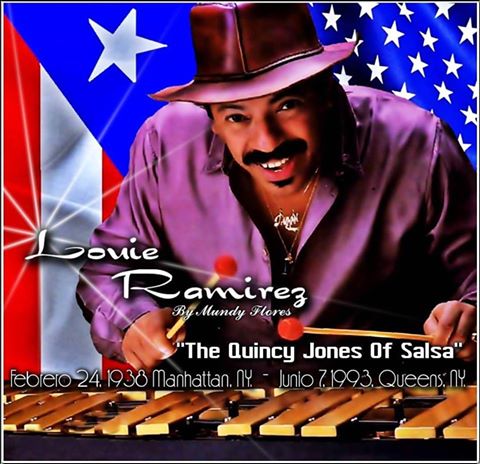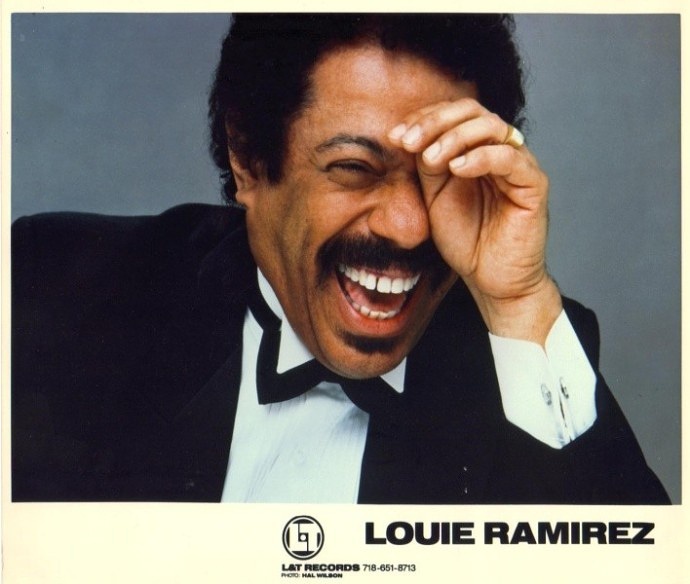Latin America / Venezuela / Valencia
Victor Perez ( Dj/Musician )
From a very early age, I started listening to Salsa, tuning into radio airport (as many times as I could), the lake station in Valencia where you could listen to some Salsa.
Then I started collecting LP records, 45 records, cassettes to listen to the insane, Tito Rodríguez, Latin Dimension and in the year 74/75, of course Ismael Rivera, Estrellas de Fania
A lover of the rumba and for owning the records, in all the rumbas in the neighborhood that were organized they looked for me to place the music in the famous pick-ups.

As a result of that time I liked the environment more, I kept updating with the arrival of the CD, PC and until now the existing audio programs.
I have studied professional audio, radio operator, locution and oratory, and they always hire me to set music for public and private parties, generally in Maracay and Victoria.
Last year as an idea, dominating salsa website was created to organize, promote the Dj’s musicalizers of the region.
























